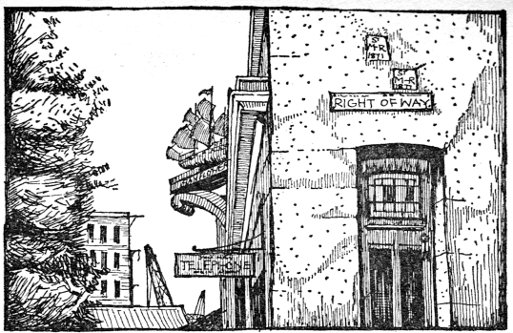Pubs in Cornwall are ditching the cosy smugglers’ den look for airy-and-aspirational, and it doesn’t always work.
On Saturday we went for a walk to Land’s End looping back to check out The First & Last, a pub we usually end up visiting a couple of times a year. Having closed for a time it has now re-opened after a refurbishment, and under new management.
We used to find it pretty decent: there were always a couple of beers worth drinking, it was snug in winter, and had a fairly bin-free garden for when the sun happened to be shining. The refurb hasn’t been drastic and most of that still applies — the beer, in fact, is better — but we reckon the attempt to brighten it up has taken away some essential character.
Things have been painted light teal — why is it always teal? — and there are more bare surfaces. It doesn’t look bad, as such, but it’s not what we’re looking for in a pub caught between moorland and rugged cliffs.
We’ve seen a few other makeovers like this, too, most notably The Sir Humphrey Davy here in Penzance.
Cornwall’s problem (and maybe this applies to Devon, too) is that it is really two different places depending on the weather: on a sunny high-season day, an artfully gloomy pub with wood and low beams is no use to anyone. Equally, when it’s dark at 4pm, raining and blowing a gale, a pub decorated in beach hut colours, tiled and metal-trimmed, can feel like a morgue. At the moment, the trend is, quite understandably, to cater to the lucrative summer trade.
The thing is, though decor can give a slight lift, it can’t make light where there is none: at The First & Last, the windows are still low, small and facing west, and it still felt dark.
It’s not always a disaster. At the Old Coastguard in Mousehole — perhaps the inspiration for some of these other makeovers — it works, because the light floods in through huge windows at the back of the pub, with no obstructions as the garden slopes down to the sea.
We can’t help thinking, though, that some pubs ought to accept that, through circumstances of location, history and architecture, they are destined to be Cosy Old Inns, and just double-down on it. If the pub lacks light, then give up and make a feature of shadowy corners. If it feels cluttered, get more and more intriguing rubbish to fill any gaps. If it looks old-fashioned, don’t waste time trying to be hip: settle into it.
‘Contemporary’ ages fast; snug is eternal.







 It is printed on post-war paper (rough and yellowing) but is crammed with photographs and floor-plans of specific pubs up and down the country.
It is printed on post-war paper (rough and yellowing) but is crammed with photographs and floor-plans of specific pubs up and down the country.


